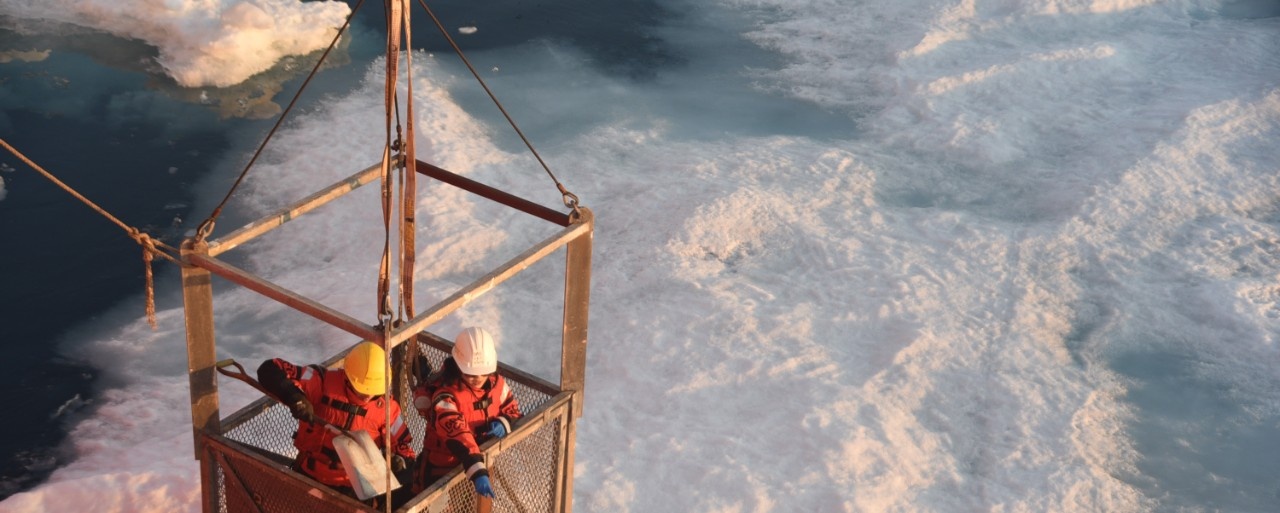The precision of the measurement of an element in the solution depends on many things, but mostly:
- how well its concentration is bracketed by the standards used to calibrate the measurement;
- the presence of other elements that interfere with wavelengths that were used to measure an element;
- other matrix effects (generally, the concentrations of all elements in the solution).
We generally can routinely obtain 5% precision at 1-sigma confidence on most elements in most solutions. Better precision is definitely possible but require additional standards and methods (standard addition, internal standard, initial semi-quantitative analyses to determine the matrix, etc). By June 2013, we have not yet analyzed enough halogens to establish the routine precision that we can obtain, but we will eventually.
Accuracy of the measurements depends on both the precision of the measurements and reliability of the standards. We use different methods of QA and QC to ensure the ICP is well maintained and our standards are diluted as reliably as possible. Standards (prepared gravimetrically) from over two or three orders of magnitude concentrations (e.g. 0.1 to 50 mg/ml) typically have linear regressions of 0.99999.
